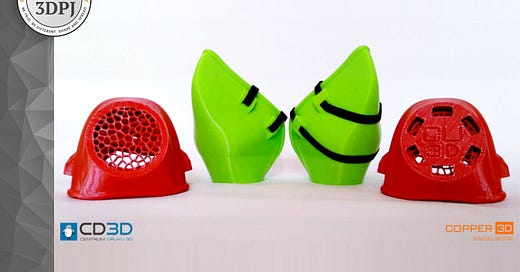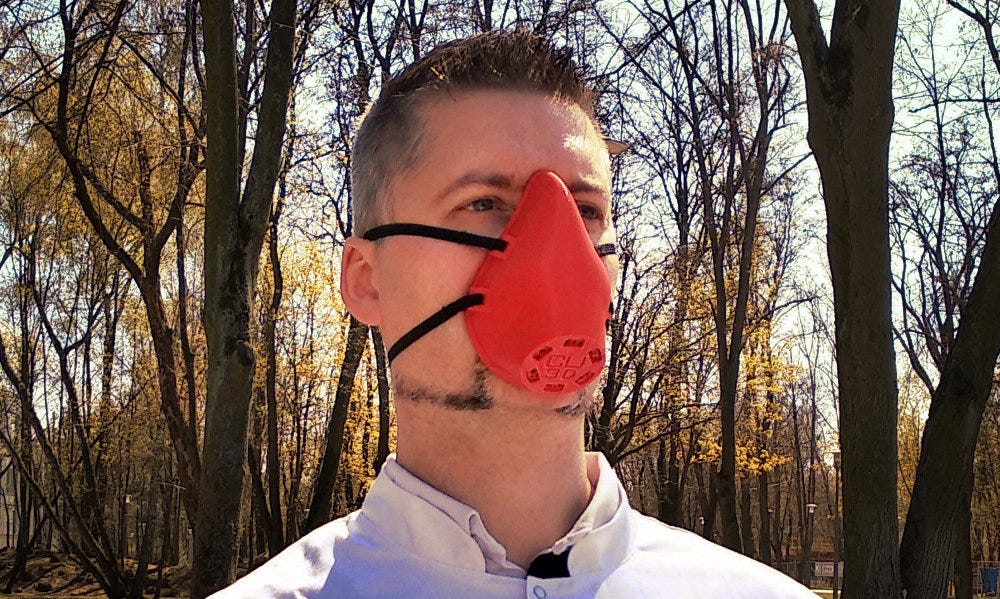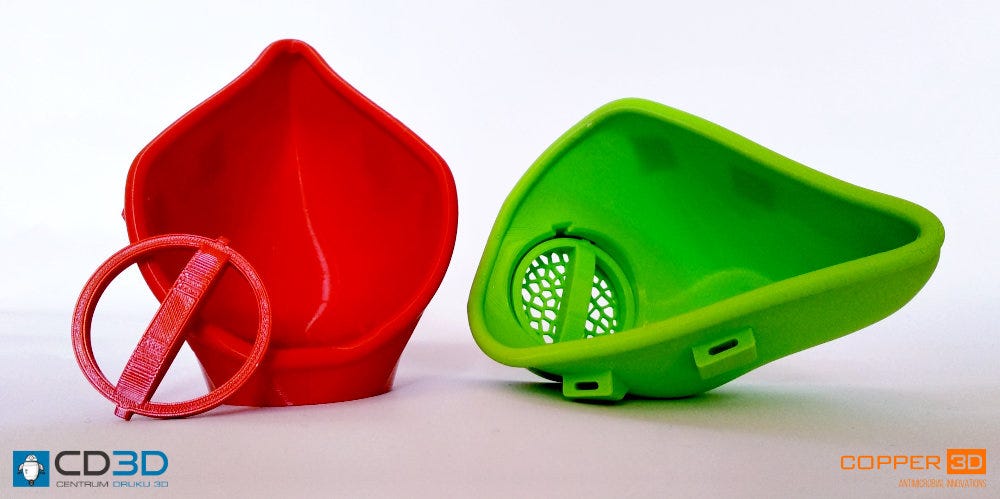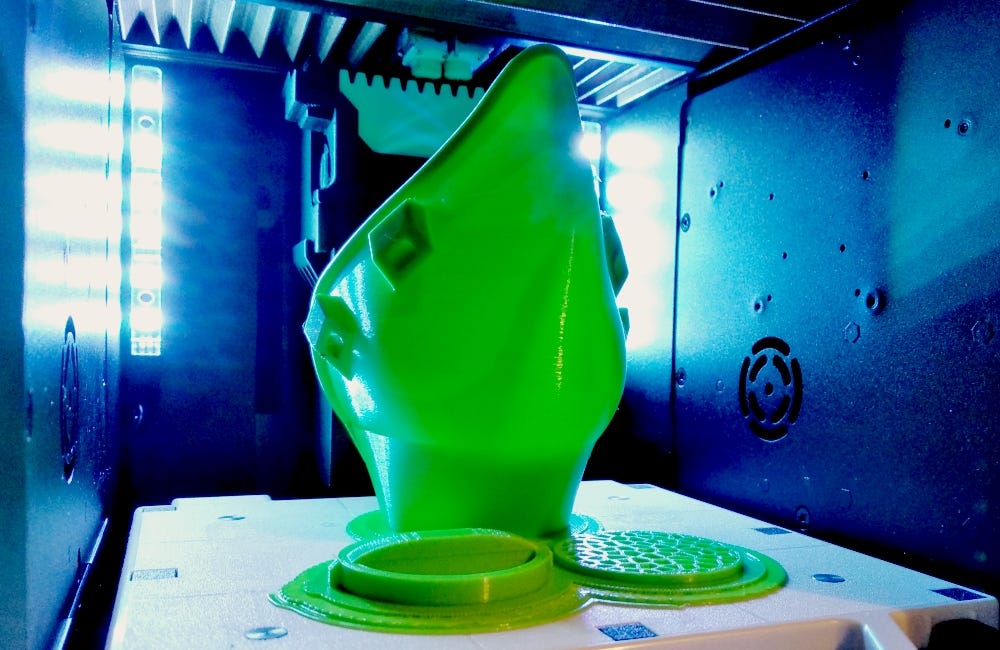03-31-2020: Copper3D released NANOHACK 2.0
An upgraded version of a protective N95 mask designed to be 3D printed using antibacterial filaments with copper nanoparticles
On March 31, 2020, the Chilean company Copper3D, a manufacturer of antibacterial 3D printing filaments, introduced NANOHACK 2.0—an improved version of their protective N95 mask. Copper3D was one of the first companies to develop its own 3D-printable protective mask in response to the first wave of the COVID-19 pandemic, which was spreading globally at the time. Their initial design sparked some controversy, but since then, the Copper3D team had been working on refining their solution. Ultimately, they developed a modified version of the mask—NANOHACK 2.0, which was intended to provide better protection.
The key advantage of Copper3D masks was the use of antibacterial materials that, unlike standard masks, could neutralize viruses and microorganisms that might remain active on surfaces for up to 72 hours. The company emphasized that their design was meant as an additional layer of protection against infected respiratory droplets but was not a certified medical device.
Copper3D made the mask design available under an open-source license, encouraging users to 3D print it themselves while warning against using regular materials. They recommended PLACTIVE® and MDflex® filaments, which contained copper nanoparticles with antiviral properties. According to the company’s research, the use of copper inhibited the replication of SARS viruses, including COVID-19, thereby reducing the risk of infection.
The NANOHACK 2.0 mask incorporated filters made of three layers of polypropylene fabric, one of which was infused with copper oxide. Tests showed that this design improved filtration efficiency. However, Copper3D clearly stated that their mask was not a certified personal protective device and should not be used in high-risk environments. They recommended wearing it for a maximum of eight hours per day before replacing the filter.
Copper3D also provided guidelines for proper mask maintenance, advising washing with lukewarm water and soap, followed by disinfection with 70% alcohol or diluted bleach. They warned against exposing the mask to high temperatures, which could damage its structure.
The project faced some criticism, notably from Naomi Wu (known as "Sexy Cyborg"), who accused the company of using the pandemic as a pretext to promote their filaments. Copper3D responded to these allegations by emphasizing that their research was based on scientific evidence and that the masks were intended as an additional protective tool.
Despite the controversy, NANOHACK 2.0 gained popularity. As CD3D (now COLORISED), we printed the masks under Copper3D’s license using Zortrax Inventure 3D printers, ensuring stable production conditions.
In conclusion, the NANOHACK 2.0 project was an interesting example of how 3D printing was utilized in the fight against the pandemic, although questions remained regarding its effectiveness. While it was not a replacement for certified N95 masks, it could serve as an additional precaution in lower-risk situations. It also stands as a testament to an extremely chaotic and intense period in history—one that I hope is now firmly behind us.
Source: www.3dprintingcenter.net









